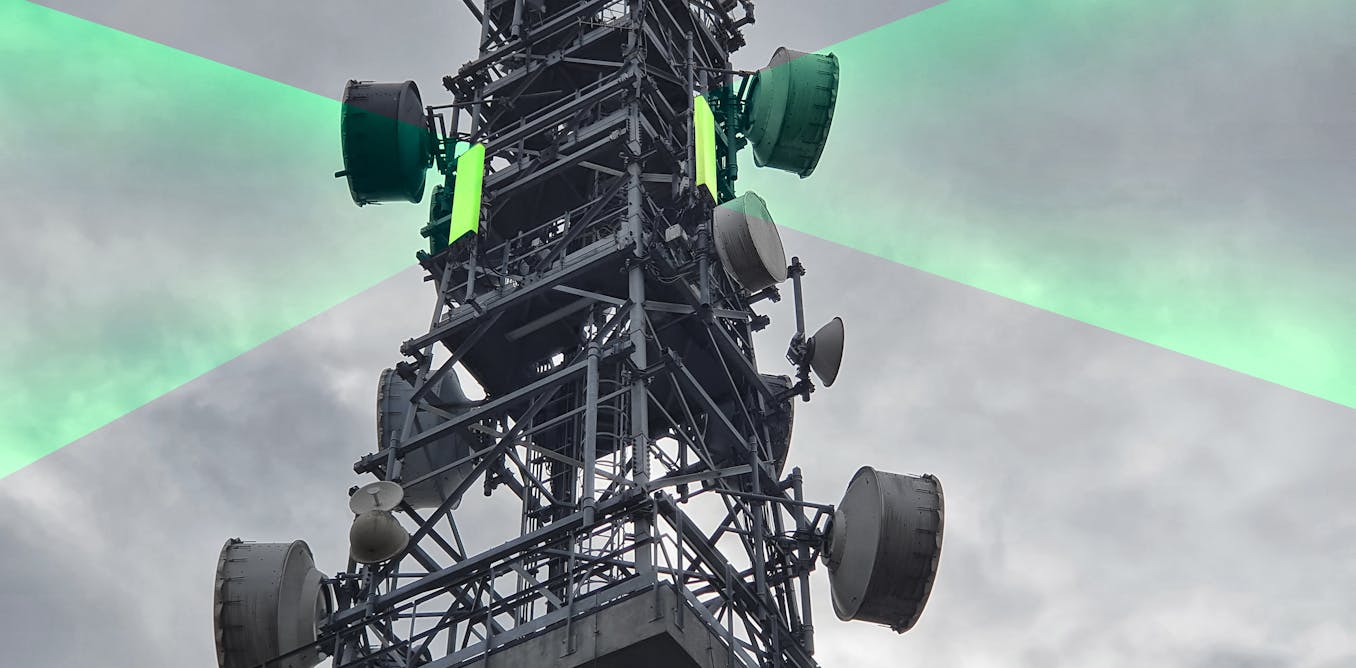As she drives her electric vehicle to her mother’s house, Monique’s battery gauge indicates that it’s time to reenergize. She stops at a charging station, taps her credit card at the pump, inserts a nozzle into the car, and in 5 minutes exchanges 400 liters of spent nanofluid for fresher stuff. As she waits, a tanker pulls up to refill the station itself by exchanging tens of thousands of liters of charged for spent fuel. Monique closes her EV’s fueling port and heads onto the highway with enough stored energy to drive 640 kilometers (400 miles).
The battery in her EV is a variation on the
flow battery, a design in which spent electrolyte can be replaced, the fastest option, or the battery could be directly recharged, though that takes longer. Flow batteries are safe, stable, long-lasting, and easily refilled, qualities that suit them well for balancing the grid, providing uninterrupted power, and backing up sources of electricity.
This battery, though, uses a completely new kind of fluid, called a nanoelectrofuel. Compared to a traditional flow battery of comparable size, it can store 15 to 25 times as much energy, allowing for a battery system small enough for use in an electric vehicle and energy-dense enough to provide the range and the speedy refill of a gasoline-powered vehicle. It’s the hoped-for civilian spin-off of a
project that the Strategic Technology Office of the U.S. Defense Advanced Research Projects Agency (DARPA) is pursuing as part of a drive to ease the military’s deployment of all-electric supply vehicles by 2030 and of EV tactical vehicles by 2050.
Nanoparticles add greatly to the energy density of the fuel of the flow battery, making it suitable for use in EVs.Chris Philpot
Using lithium-based batteries would create its own
set of problems. You’d need a charging infrastructure, which for the U.S. military would mean deploying one, often in inhospitable places. Then there’s the long charging time; the danger of thermal runaway—that is, fires; the relatively short working life of lithium batteries; and the difficulties of acquiring battery materials and recycling them when the old batteries are no longer any good. A battery that mitigates these problems is DARPA’s objective. The new flow battery seems to hit every mark. If it works, the benefits to the electrification of transportation would be huge.
Flow batteries are safe and long-lived
Nanoelectrofuel batteries are a
new take on the reduction-oxidation (redox) flow battery, which was first proposed nearly a century and a half ago. The design returned to life in the mid-20th century, was developed for possible use on a moon base, and was further improved for use in grid storage.
The cell of a flow battery uses two chemical solutions containing ions, one acting as the anolyte (adjacent to the anode), the other as the catholyte (near the cathode). An electrochemical reaction between the two solutions pushes electrons through a circuit….
Read full article: Can Flow Batteries Finally Beat Lithium?

The post “Can Flow Batteries Finally Beat Lithium?” by Robert N. Charette was published on 12/24/2023 by spectrum.ieee.org





































